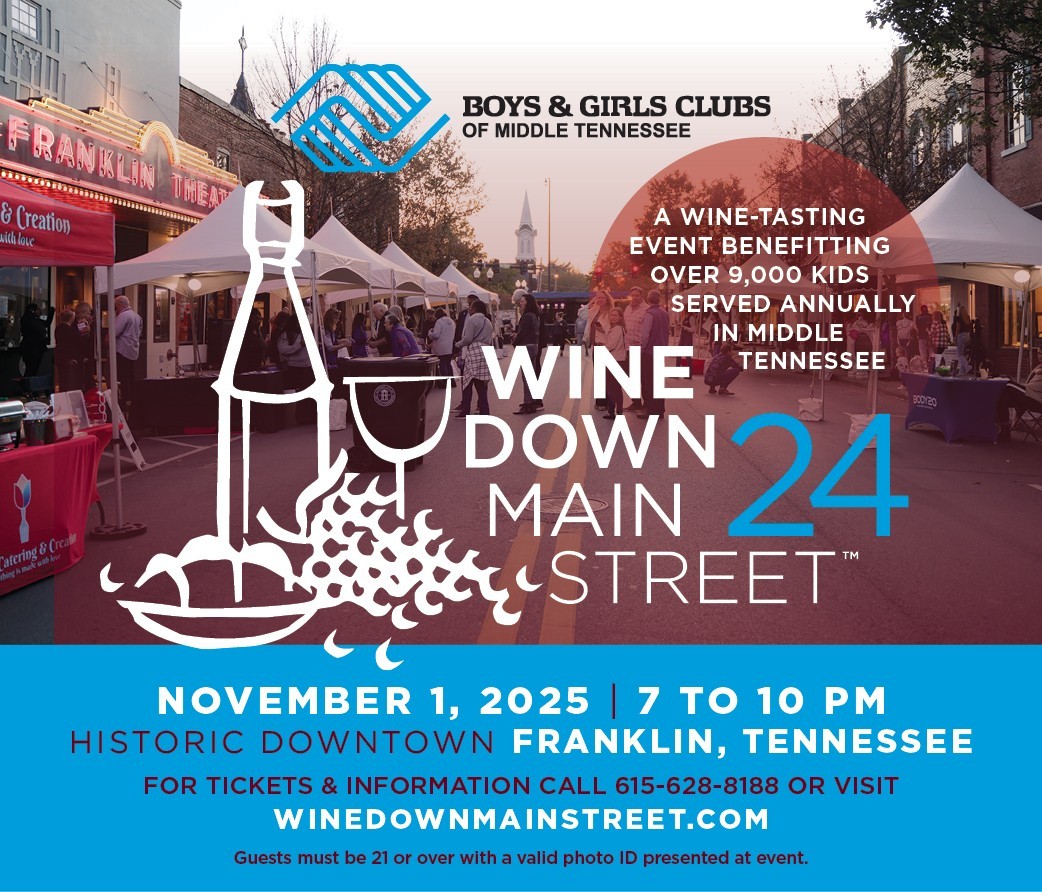In May, the Franklin Rodeo rolls into town, and this year will be its seventieth anniversary! The Franklin Rodeo attracts spectators to exciting competitions between skilled cowboys and cowgirls, with seven Professional Rodeo Cowboys Association (PRCA) rodeo events each night, including Bareback Riding, Steer Wrestling, Team Roping, Saddle Bronc Riding, Tie Down Roping, Barrel Racing and Bull Riding.
If you’re not a rodeo competitor or familiar with the rules and regulations, you may wonder how rodeo events are judged and scored. Here are the guidelines according to the PRCA, which is the largest and oldest rodeo-sanctioning body in the world, to some of the events taking place at the upcoming Franklin Rodeo. More information about the PRCA can be found at prorodeo.com.
Bareback Riding
To stay aboard the horse, a bareback rider uses a rigging made of leather and constructed to meet PRCA safety specifications. The rigging, which resembles a suitcase handle on a strap, is placed atop the horse's withers and secured with a cinch. The rider must have both spurs touching the horse's shoulders until the horse's feet hit the ground after the initial move from the chute. This is called "marking out." If the cowboy fails to do this, he is disqualified. As the bronc bucks, the rider pulls his knees up, rolling his spurs up the horse's shoulders. As the horse descends, the cowboy straightens his legs, returning his spurs over the point of the horse's shoulders in anticipation of the next jump.
Steer Wrestling
The objective of the steer wrestler is to use strength and technique to wrestle a steer to the ground as quickly as possible. When the cowboy, also known as the “bulldogger” for this event, reaches the steer, he slides down and off the right side of his galloping horse, hooks his right arm around the steer's right horn, grasps the left horn with his left hand and, using strength and leverage, slows the animal and wrestles it to the ground. His work isn't complete until the steer is on its side with all four feet pointing the same direction. To catch the sprinting steer, the cowboy uses a "hazer," who is another mounted cowboy who gallops his horse along the right side of the steer and keeps it from veering away from the bulldogger.
Team Roping
Team roping requires close cooperation and timing between two highly skilled ropers - a header and a heeler - and their horses. Similar to tie-down ropers and steer wrestlers, team ropers start from the boxes on each side of the chute from which the steer enters the arena. The steer gets a head start determined by the length of the arena. The header ropes first and must make one of three legal catches on the steer around both horns, around one horn and the head or around the neck. Any other catch by the header is considered illegal and the team is disqualified. After the header makes his catch, he turns the steer to the left and exposes the steer's hind legs to the heeler. The heeler then attempts to rope both hind legs. After the cowboys catch the steer, the clock is stopped when there is no slack in their ropes and their horses face one another.
Bull Riding
The bull rider may use only one hand to stay aboard during the eight-second ride. If he touches the bull or himself with his free hand, he receives no score. But unlike the other roughstock contestants, bull riders are not required to mark out their animals. While spurring a bull can add to the cowboy's score, riders are commonly judged solely on their ability to stay aboard the twisting, bucking mass of muscle. To stay aboard the bull, a rider grasps a flat braided rope, which is wrapped around the bull's chest just behind the front legs and over its withers. One end of the bull rope, called the tail, is threaded through a loop on the other end and tightened around the bull. The rider then wraps the tail around his hand, sometimes weaving it through his fingers to further secure his grip.


















